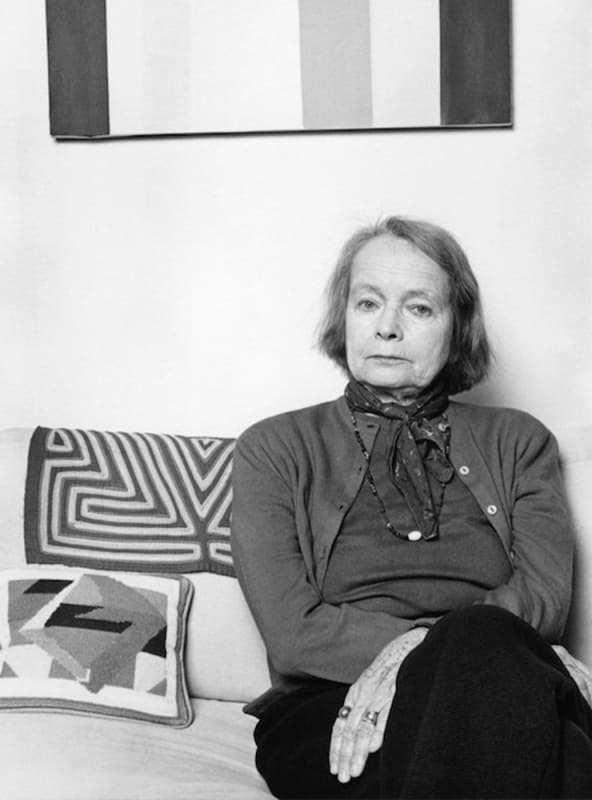Betty Parsons may be better known for her gallery, which, in the 1950s, was responsible for showing the “Four Horsemen” of Abstract Expressionism (Jackson Pollock, Barnett Newman, Mark Rothko, and Clyfford Still), but before she ever opened that storied space, Parsons had ambitions of becoming an artist. She painted for most of her life, and now her work will be shown at New York’s Alexander Gray Associates gallery, which will represent her estate. It is planning its first show of Parsons’s work for May.
“The fascinating thing with Betty Parsons is that she starts her life as an artist and ends her life as an artist,” Gray said in a phone interview. “She wasn’t just witnessing art history, but also making art history, and absorbing and bouncing off the artists of her time. She made the gallery, she programmed the gallery, she did business at the gallery really from an artist’s perspective.”
Parsons became an artist after visiting the 1913 Armory Show. She had set her sights on becoming a sculptor, but after finding the materials too expensive, she switched to painting and watercolor. Having studied in Paris with artists like Antoine Bourdelle and Ossip Zadkine, she developed an eye for abstraction, ultimately working in a quasi-mystical mode, with bright blobs of color contrasted with thinly painted backgrounds. In between managing her New York gallery, she was known to decamp to Long Island, where she would make art in a studio that the Minimalist sculptor Tony Smith designed for her.
Gray said Parsons was of interest to him because he’s interested in revising art history. Because she was producing work at a time when women artists struggled, her story has gone largely unknown. (So too has the fact that Parsons’s gallery represented women and artists of color decades before the much of the art world pursued more diverse programming.)
“With the gallery being so research-oriented, part of what drives the passion here is, what are the things we don’t know about that we want to know more about?” Gray said, adding that representing her estate puts his roster at more than 50 percent women. “I just want every gallery in the world to be showing more women,” he said. “I think Betty Parsons would want it that way.”
...
Read article at artnews.com.

